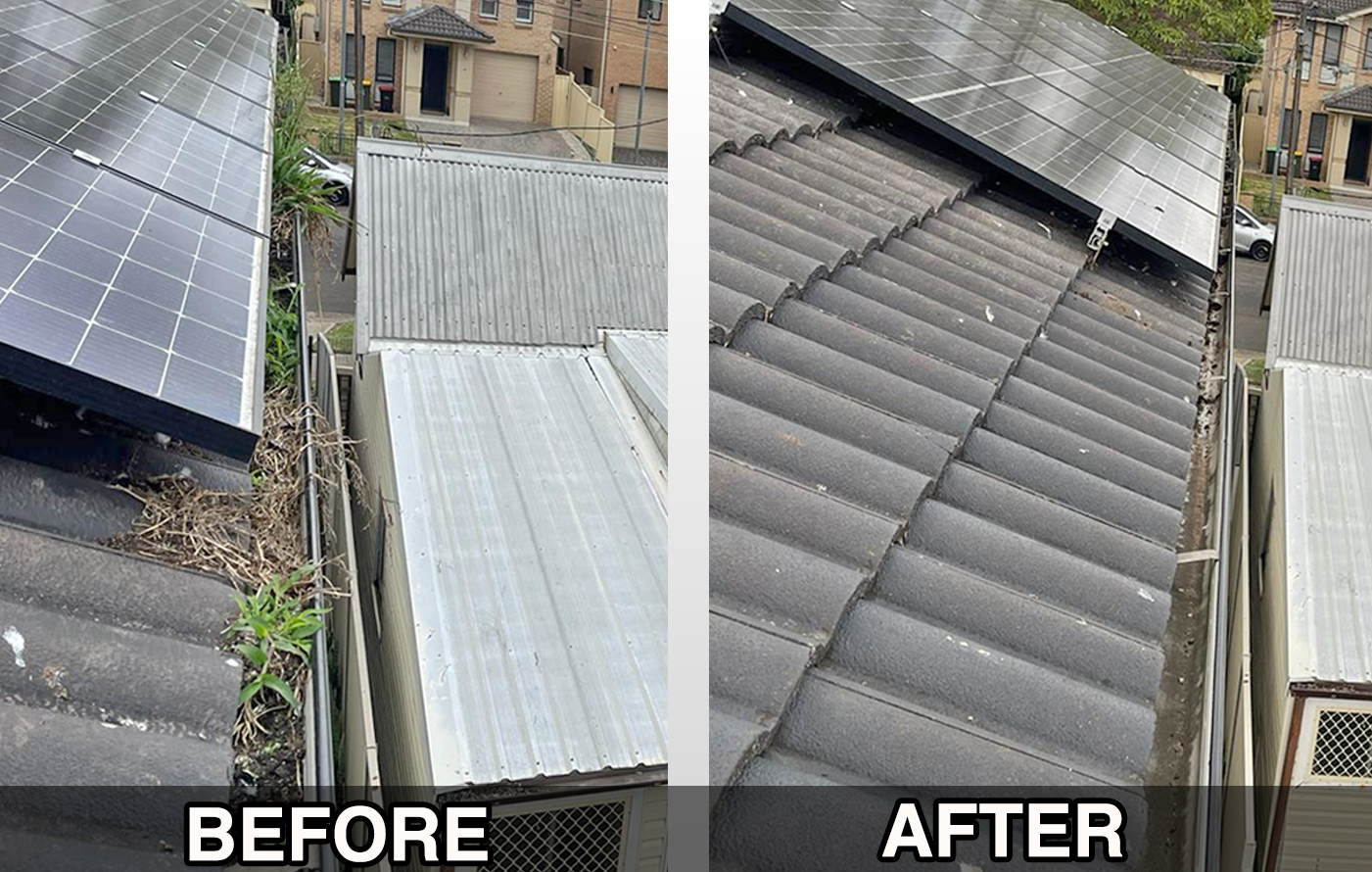Welding is a skilled trade that demands precision, safety, and the right equipment. Among the many tools that professional welders rely on, two pieces of equipment stand out for their contribution to health, comfort, and productivity: the Air Fed Welding Helmet and the Downdraft Table. Both these tools play a crucial role in creating a safer welding environment by protecting the welder from harmful fumes and providing clean working surfaces. This article explores the importance, features, and benefits of using an air fed welding helmet alongside a downdraft table in welding operations.
Understanding the Air Fed Welding Helmet
An Air Fed Welding Helmet is a type of personal protective equipment designed to provide welders with clean, breathable air during welding tasks. Unlike traditional welding helmets, which primarily shield the eyes and face from sparks and UV rays, air fed helmets offer an added layer of respiratory protection.
These helmets come equipped with a powered air-purifying respirator (PAPR) system that filters out hazardous fumes, dust, and smoke generated during welding. The filtered air is then fed into the helmet through a hose, creating a positive pressure inside the helmet to prevent contaminated air from entering. This setup dramatically reduces the risk of inhaling toxic gases and particulates, which can cause serious respiratory issues.
Key Benefits of Air Fed Welding Helmets:
- Enhanced Respiratory Protection: The helmet supplies clean air, protecting welders from dangerous welding fumes and particulates.
- Increased Comfort: Continuous airflow prevents heat buildup inside the helmet, reducing fatigue during long welding sessions.
- Improved Visibility: Many air fed helmets come with auto-darkening filters that adjust the lens tint automatically based on the welding arc, improving vision and reducing eye strain.
- Compliance with Safety Standards: Air fed helmets often meet stringent workplace safety regulations, making them suitable for industrial and commercial welding applications.
For welders working in confined spaces or in environments with poor ventilation, the air fed welding helmet is indispensable. It ensures that welders can focus on their work without worrying about the health risks associated with inhaling harmful fumes.
The Role of the Downdraft Table in Welding
A Downdraft Table is a specialized workstation designed to improve air quality and safety in welding and other industrial processes. It features a perforated surface with a built-in ventilation system that pulls fumes, dust, and smoke downwards and away from the welder’s breathing zone.
This ventilation system is connected to a filtration unit or exhaust system that traps hazardous contaminants, effectively reducing airborne pollutants. The downdraft table provides a cleaner and safer work environment, which is especially important in welding shops, fabrication plants, and workshops where multiple welding operations occur simultaneously.
Key Advantages of Downdraft Tables:
- Efficient Fume Extraction: The downdraft system captures harmful welding fumes at the source, preventing their spread into the surrounding air.
- Cleaner Work Surface: The downward airflow helps remove dust and debris from the work surface, improving weld quality and reducing post-welding cleanup.
- Enhanced Worker Safety: By maintaining cleaner air around the workstation, downdraft tables reduce the risk of respiratory illnesses among welders and other workers.
- Versatility: Downdraft tables can be used for various applications beyond welding, including grinding, sanding, and soldering.
Why Combine Air Fed Welding Helmets with Downdraft Tables?
Using an air fed welding helmet together with a downdraft table creates a comprehensive protective system for welders. While the helmet provides personal respiratory protection, the downdraft table controls the environment by removing fumes and particles from the immediate workspace.
This combination offers several synergistic benefits:
- Maximized Fume Control: The downdraft table reduces the amount of airborne contaminants near the welder, while the air fed helmet supplies clean air, minimizing inhalation risks.
- Comfort and Productivity: Clean air supplied inside the helmet, combined with a well-ventilated workspace, enhances welder comfort and reduces fatigue, allowing longer and more focused work periods.
- Improved Safety Compliance: Together, these tools help employers meet occupational health and safety regulations related to air quality and personal protective equipment.
- Higher Quality Welds: A cleaner environment minimizes welding defects caused by contaminants and dust, improving the overall quality and durability of welds.
Choosing the Right Air Fed Welding Helmet and Downdraft Table
Selecting the ideal air fed welding helmet and downdraft table requires considering several factors:
- Helmet Fit and Comfort: Look for adjustable helmets with lightweight designs and good airflow rates to ensure comfort during extended use.
- Filter Efficiency: Ensure the helmet’s respirator filters meet industry standards for particulate and gas filtration.
- Visibility Features: Auto-darkening lenses with variable shade controls improve accuracy and reduce eye strain.
- Downdraft Table Size and Capacity: Choose a table size that fits your workspace and production volume, with sufficient airflow capacity to handle the fumes generated.
- Filtration and Maintenance: Consider the type of filters used in the downdraft table and how easy they are to replace or clean.
Maintaining Your Welding Safety Equipment
Proper maintenance is essential to keep your air fed welding helmet and downdraft table functioning effectively:
- Regular Filter Replacement: Replace respirator and downdraft table filters as recommended by manufacturers to maintain optimal filtration.
- Cleaning and Inspection: Clean helmets and tables regularly, inspecting for damage or wear that could compromise safety.
- Battery and Fan Checks: For powered systems, ensure batteries are charged and fans operate smoothly.
- Training: Provide welders with training on how to use and care for their equipment properly.
Conclusion
In the demanding world of welding, protecting the welder’s health and ensuring a clean, efficient work environment are top priorities. The Air Fed Welding Helmet and the Downdraft Table are essential tools that work hand in hand to safeguard welders from harmful fumes and provide a comfortable workspace.
By investing in high-quality air fed helmets and downdraft tables, welding shops can enhance worker safety, improve weld quality, and increase productivity. Whether you are running a small fabrication shop or managing a large industrial welding operation, these tools are vital to creating a safer and healthier workplace.
If you are looking to upgrade your welding safety gear, focus on models that offer reliable filtration, ergonomic design, and ease of maintenance. Prioritize your team’s well-being by integrating air fed welding helmets and downdraft tables into your welding processes today.
Congrats! You’ve Finished This Blog.





